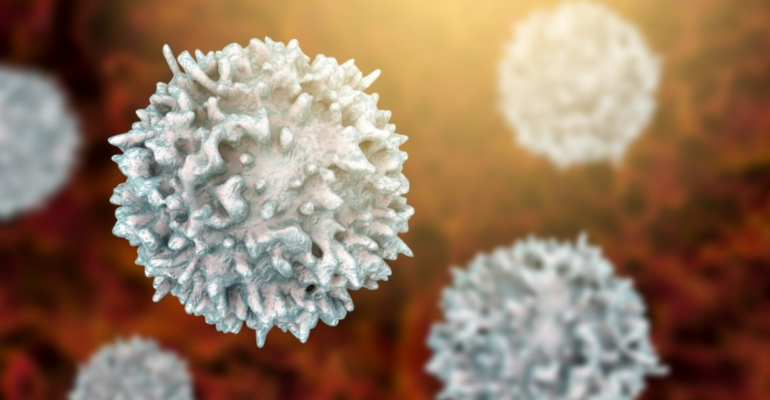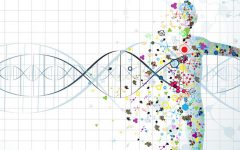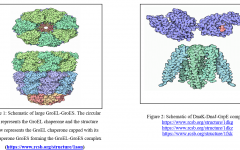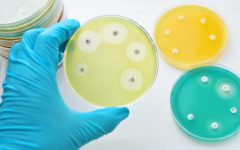Gut Microbes Shape Our Antibodies Before We Are Infected By Pathogens
October 14, 2020 2021-06-22 13:53Gut Microbes Shape Our Antibodies Before We Are Infected By Pathogens
The number of cells present in our body is equal to the number of benign microbes present in our body. Most of the time these microbes stay only at the intestinal tube, but sometimes they penetrate the body tissues because the intestine is present with one layer of cells which separates the intestinal tube from blood vessels so that the absorption of food becomes easier.
In a study, Dr. Limenitakis used a special tool which is a computer program that can process millions of genetic sequences that can compare with the antibody repertoire from B cells. In all the cases, the alteration happens to the antibody repertoire, but it mainly depends on the occurrence of the exposure.
“This can be predictable. It depends on the microbe and where it is present in the body. The study also concluded that the intestinal microbes can develop antibody before we get a serious infection and this process cannot be random,” explains Ganal-Vonarburg.
When compared with the bloodstream antibodies which have IgM and IgG, the antibody present in the intestinal lining is different – It is IgA. With the help of genetic analysis, the researchers concluded that the antibodies produced in the intestine are low compared with the antibodies produced in the central body tissue. This shows that the immune system neutralizes and eliminates the microbe when it enters the body, whereas the intestinal antibodies only bind with the microbes.
During the human life span, one will come into contact with a variety of microbes, and thus it becomes important to know how antibody repertoire changes when it comes in contact with a particular microorganism. To find an answer to this, researchers tested what happens when the microorganism is introduced at two different spots.
The intestinal microbe has no direct role in the production of different antibodies but can sharpen the immune system to produce antibody if the microorganism gets into the bloodstream. When the next set of microbes come in contact, the intestinal antibody will initiate a change in antibodies production and tries to harbor the new microbe. Things change when a microbe enters to the blood and targets the body tissues. The antibody response will be different. It makes a second type of antibody without disturbing the first antibody type for the first microbial response. This shows that the central body tissue can differentiate between various microbial species and ward off the dangers of sepsis. This study also demonstrates that different B cells have different approaches to different body compartments and this is also important to have a peaceful coexistence with our microbial passengers.
Dr. Hai Li comments that “Our data shows for the first time that not only the composition of our intestinal microbiota but also the timing and sequence of exposure to certain members of the commensal microbiota, happening predominantly during the first waves of colorizations during early life, have an outcome on the resulting B cell receptor repertoire and subsequent immunity to pathogens.”
Author Profile
Anju. G, Biocon KGI Certificate Program in Biosciences, Batch 17








